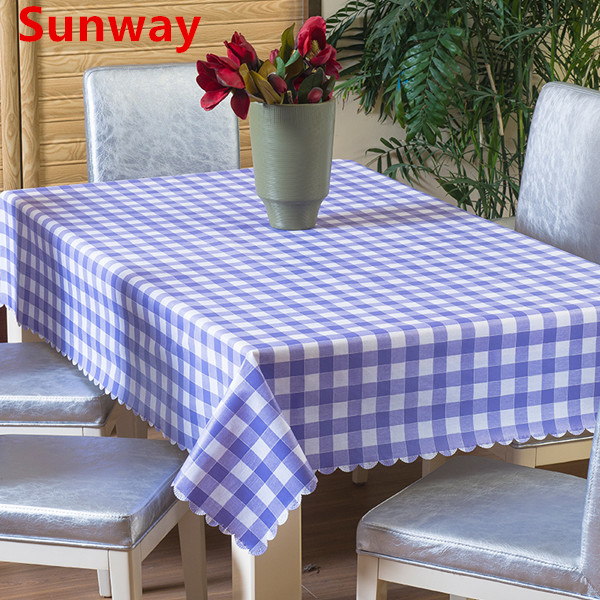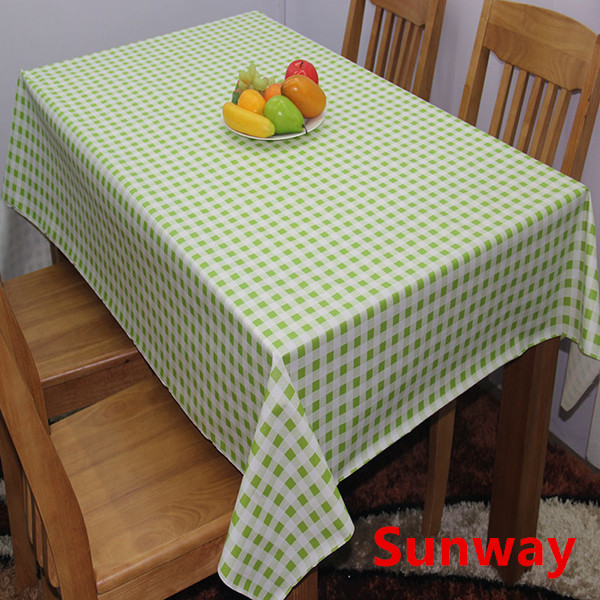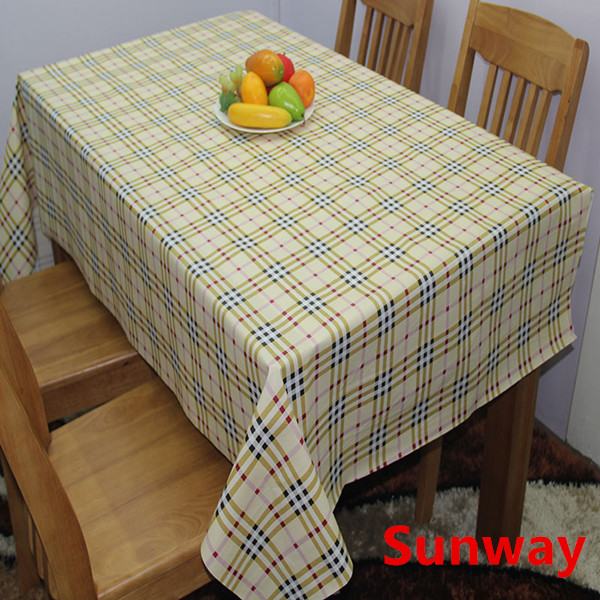In theory, any monomer capable of cationic polymerization can be used for cationic curing. It is a cationic polymerization or copolymerization of various monomers such as olefins, epoxies, ketals, vinegars, silicones, and other heterocyclic compounds. Get better physical and chemical properties of the material. The basic resin that has been cured by this mechanism has appeared in the late 1980s, with vinyl ether series and epoxy series. The vinyl ether resin can be obtained by reacting a 311 base vinyl ether with a corresponding resin. However, the most commonly used epoxy resin or modified epoxy resin, mainly epoxidized bisphenol A resin, epoxidized silicone resin, epoxidized polybutadiene, epoxidized natural rubber, etc. The most commonly used is bisphenol A epoxy resin, but its high viscosity, the polymerization rate is slow; aliphatic epoxy resin compounds generally polymerization rate is faster, including 3,4-epoxycyclohexanoic acid-3, 4-ring Oxycyclohexyl methyl ester (CY179) is the most commonly used aliphatic epoxy resin for cationic curing. It has a low viscosity and a high polymerization rate and can be used in combination with bisphenol A epoxy resin.
Open loop shrinkage of epoxy compounds is very small, on the basis of which some polycyclic compounds are also used for light-cured components, which can expand in volume when polymerization, such as the original carbonate in the ring opening volume expansion of 1.5%, The reaction formula is as follows:

1.2 thinner
Diluent, on the one hand, acts as a diluting agent, which allows the glue solution to have a viscosity that facilitates construction. On the other hand, it functions as a cross-linking agent and must have good reactivity. After curing, it enters the resin network. The final performance of the cured product is affected in many ways. . Reactive diluents are often added to improve viscosity, adhesion, flexibility, hardness, and cure speed. The mechanical properties of different diluents and basic resins may vary greatly and need to be fully compared and selected. Its requirements are mainly low-viscosity, high-dilution, and a high degree of reactivity, but also taking into account the volatility, toxicity, irritation and odor, low price, high stability, and good compatibility with the resin. Mixed diluents are often used to adjust various properties.
1.2.1 Free Radical Reactive Diluent
Free radical reactive diluents are divided into earlier developed first generation acrylic polyfunctional monomers, recently developed second generation acrylic polyfunctional monomers and more superior third generation acrylic monomers. The first generation of acrylate polyfunctional monomers are mainly 1,6-hexanediol diacrylate (HDDA), 1, 4-butanediol diacrylate (BDDA), propylene glycol diacrylate (DPGDA), glycerol Diacrylate (TPGDA) and trifunctional trimethylolpropane triacrylate (TMPTA), pentaerythritol triacrylate (PETA), primary light methylpropane triol triacrylate (TMPTMA), and the like. They replace the less reactive first-generation acrylic monofunctional monomers. However, with the rapid development of UV curing technology, the disadvantages of their large irritative to the skin have emerged. Therefore, second-generation and third-generation acrylic monomers have now been developed, which overcome the disadvantages of high irritation and have higher activity and curing. The second generation of acrylic polyfunctional monomers is mainly the introduction of ethoxy or propoxy groups in the molecule, such as ethoxylated tri-opthyl methyl propane triol triacrylate (TMP(EO)TMA), propoxylation Trimethylolpropane triol triacrylate (TMP(PO)TMA). Propoxylated glycerol triacrylate G(PO)TA o The third generation of acrylic monomers is mainly methoxy-containing acrylates. It is a good solution to the conflict between high curing speed, shrinkage and low curing. These products mainly include 1,6-hexanediol methoxy monoacrylate (HDOMEMA) and ethoxylated neopentyl glycol methoxy monoacrylate (TMP(PO)MEDA). The introduction of alkoxy groups in the molecule can reduce the viscosity of the monomer while reducing monomer irritation. In addition, the introduction of alkoxy groups also greatly improves the compatibility of the diluent monomer.
1.2.2 Cation Reactive Diluent
Various active epoxy resin diluents and various cyclic ethers, vinegar, vinyl ether monomers, etc. can be used as a diluent for cationic photocurable resins. Among them, vinyl ether compounds and oligomers have the advantages of fast curing, low viscosity, odorless, and non-toxicity, and can be used together with epoxy resins.
This Non Woven Tablecloth is made of Environmental protection material 100%, we have got the certificates of SGS, ROHS, ISO9000 and ISO14000 , our products have sold to Europe, America, Japan, Korea, Middle East, southeast Asia and other countries for many years , for the bag`s shape , size , thickness, color and printing which can be customized according to your requirements , we can give you best quality and price , welcome to contact us .



Non Woven Tablecloth
Non Woven Tablecloth,Non Woven Fabric Tablecloth,Tablecloth Rolls Fabric,Non Woven Plastic Tablecloth
Dongguan Sunway Packaging Material Co., Ltd , http://www.sunwaypackaging.com